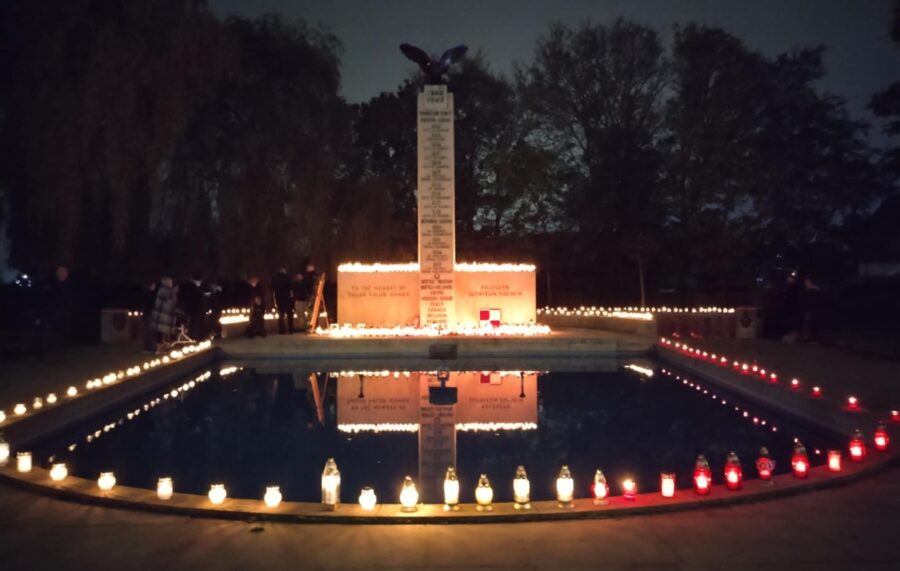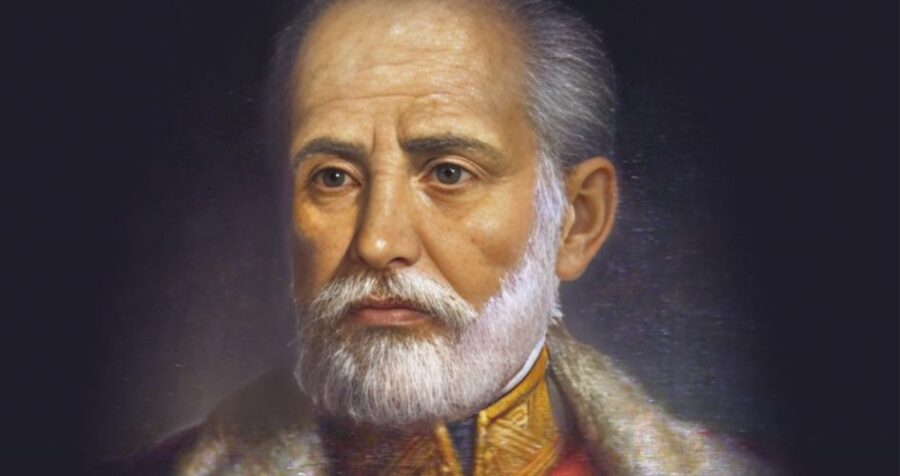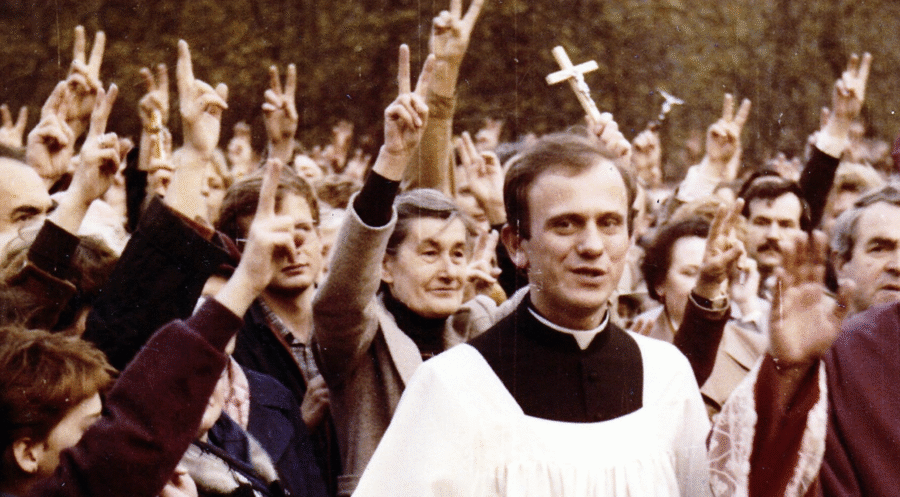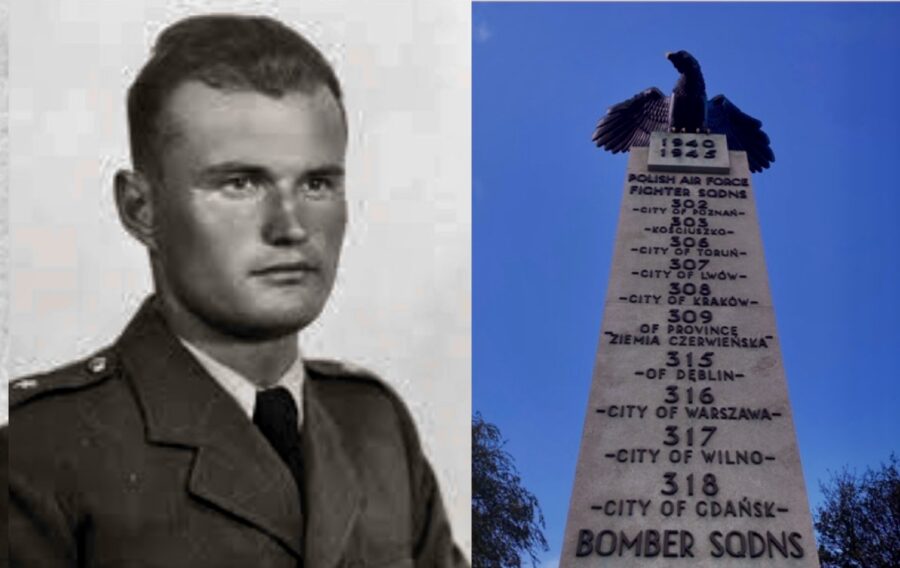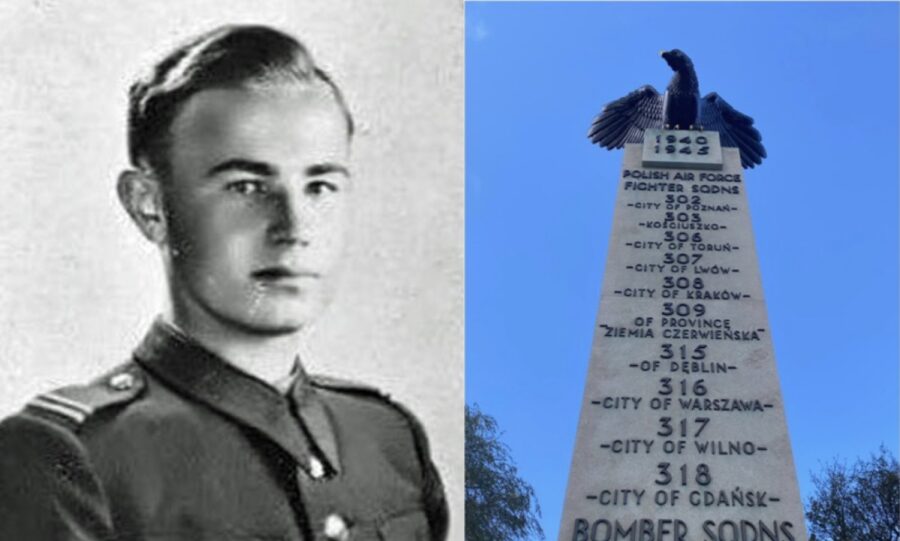At the end of September 1944, the 1st Armoured Division was operating with the British 1st Corps. As part of joint operations, it led an assault to capture the Baarle-Nassau area, which it succeeded in doing on 2 October. After a three-week break in fighting, the division began operations, culminating in Breda’s capture on 29 October.
Breda’s capture was an example of both Polish military gallantry but also a humanitarian way of leading military operations as the Polish command paid great attention to saving civilian lives and minimising the destruction of cities.
“We spared the cities, we did no damage,” General Maczek wrote. “Only our soldier was at once a friend and a saviour in arms. Speed and surprise are the elements thanks to which you can do much more than a great deal of bombardment.”
The Polish commander General Stanisław Maczek also recalled the enthusiasm of the inhabitants of the liberated city.
“In spite of such a great difference in personages and customs, unfamiliarity with the Dutch language, the Polish soldier was welcomed with a joy and enthusiasm surpassing anything he had encountered not only in France, but also in hospitable Flanders; he felt as if he were in his own country and paid for everything with true affection and dedication when needed,” General Stanisław Maczek recalled.
A journalist present at the site also depicted the joy of the civilians and the reaction of Polish soldiers who fought far away from their homeland.
“Grateful inhabitants gave the Polish soldiers a warm welcome. The capture of Breda was an excellent cure for the pain of the fall of Warsaw. The Dutch, knowing well the tragedy of the Poles, tried to more than pay for all the suffering and hardships of the soldiers. The whole city became one big open and welcoming house,” wrote the war correspondent Maciej Feldhuzen on the day of the city’s liberation.
You can read more about General Stanisław Maczek and his Black Devils in our article here.
The 80th anniversary of the liberation of Breda was celebrated by the inhabitants and state officials including Polish Minister of Foreign Affairs, Radosław Sikorski.
A roll call of the dead, a salute of honour and the laying of flowers at the Polish Honorary Military Cemetery in Breda commemorated on Sunday the memory of the 1st Armoured Division and its commander, General Stanisław Maczek, who liberated this and other cities in the Netherlands in 1944.
The commemoration was attended by the veterans of the 1st Polish Corps, Capt Eugeniusz Niedzielski (alias Nead) living in London, the head of Dutch diplomacy Caspar Veldkamp, the Polish ambassador to the Netherlands Margareta Kassangana, the head of the Office for Veterans and Victims of Repression Lech Parell and his deputy Michał Syska, and General Maczek’s granddaughter, Karolina Maczek-Skillen.
The ceremony was also attended by representatives of Polish organisations, families of soldiers of the 1st Division and a delegation from Wrocław – Breda’s partner city, as well as residents of Breda and Poles living in the Netherlands.
During the ceremony, white and red flowers were laid on the graves of the soldiers buried in the military cemetery and the national anthems of Poland and the Netherlands were performed.
The head of the Dutch Foreign Ministry began his speech with the words: “Thank you, Poles, this sign was seen in many windows in Breda on red and white boards just after the liberation in 1944. Today, after 80 years, I am happy to repeat it once again.”
“We owe our freedom to him and many Polish soldiers. A freedom for which the young Poles who are buried here often had to pay the highest price.’ – said the mayor of Breda Paul Depla.
“One of the streets in Breda will soon be named in honour of the city’s liberation of 29 October 1944,” Mr Depla informed.
The central ceremony at the Polish Military Cemetery of Honour in Breda was the final point in the celebrations of the 80th anniversary of the liberation of this city, which has been lasting since Friday.
This necropolis was established in 1963 on the initiative of local activists. It gathers the remains of Polish soldiers previously buried in other cemeteries. Resting there are mainly soldiers of the 1st Armoured Division, airmen of the Polish Air Force and paratroopers from the 1st Independent Parachute Brigade. The last burial at the cemetery took place in 2003, when the remains of Polish airmen who died in June 1944 were found. In total, the cemetery contains the graves of 162 Poles.
Source: IPN, Polskie Radio, PAP
Tomasz Modrzejewski
Photo: X @ministerBZ









